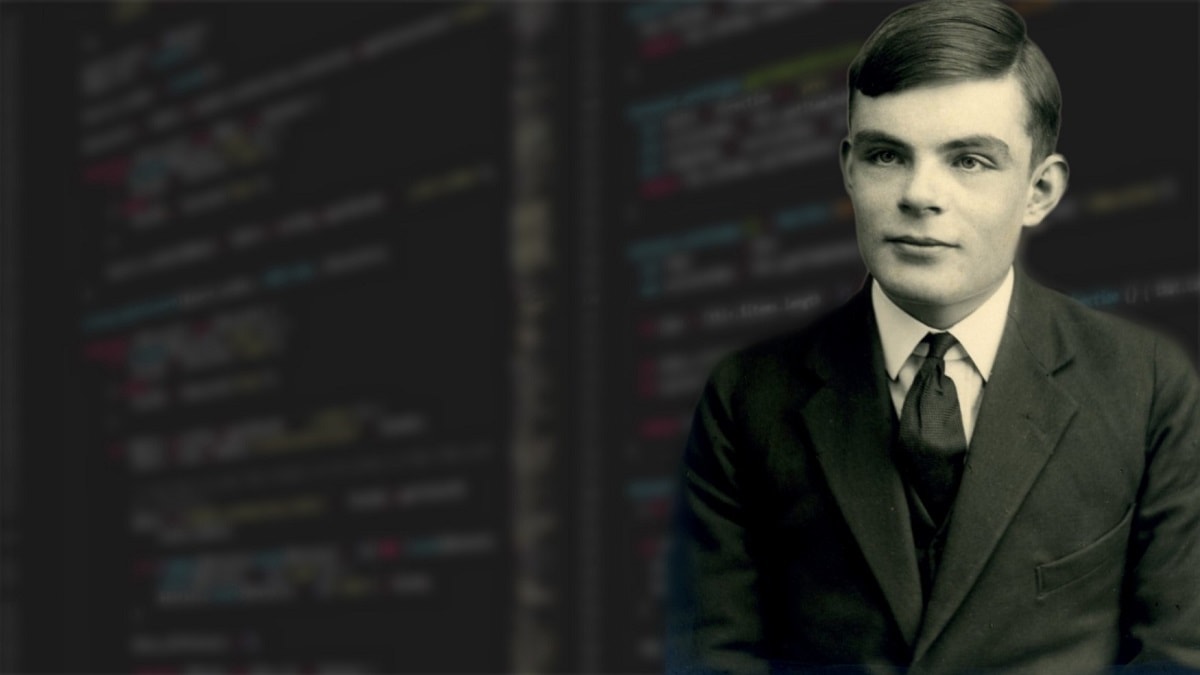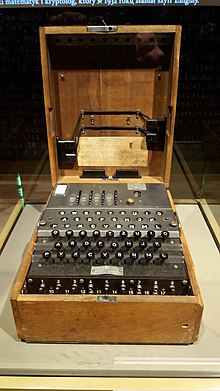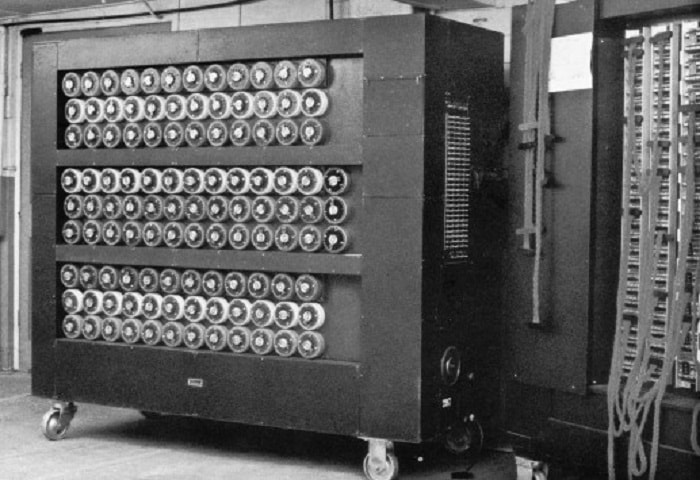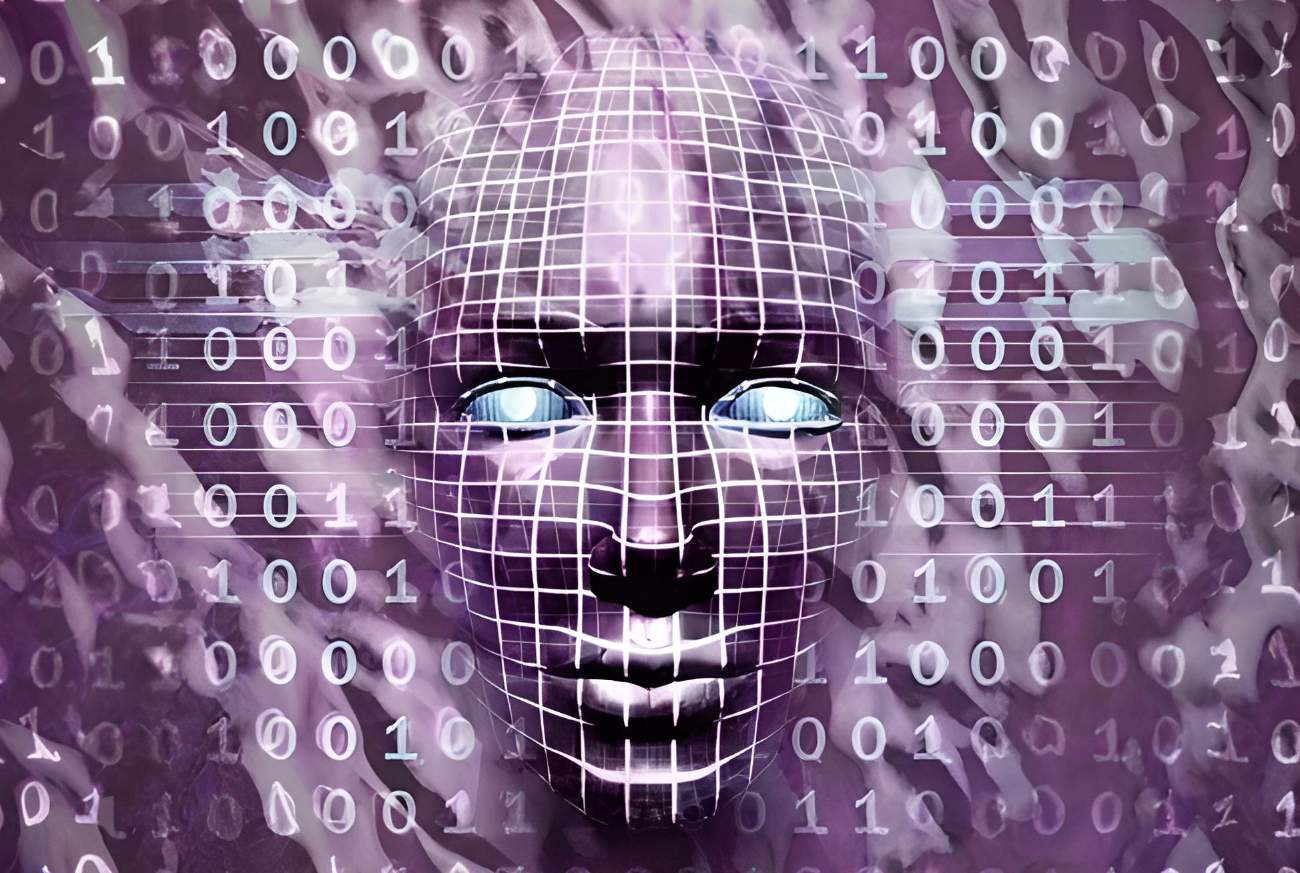What were Alan Turing’s major contributions to the field of mathematics?
Alan Turing made significant contributions to the field of mathematics, including his invention of the Universal Turing Machine, a theoretical device that is widely considered to be the precursor to modern computers. He also made important contributions to the fields of logic, computability theory, and artificial intelligence, among others.
How did Alan Turing’s work during World War II impact the outcome of the war?
Alan Turing’s work in breaking the German Enigma code during World War II played a crucial role in Allied victory. His decryption of encrypted messages allowed the Allies to anticipate and disrupt German military movements, ultimately leading to the defeat of Germany.
What was Alan Turing’s role in the development of early computers?
Alan Turing is often considered to be one of the founding fathers of modern computing. His invention of the Universal Turing Machine laid the groundwork for the development of digital computers, and his work on algorithms and machine intelligence helped to shape the field of computer science.
What challenges did Alan Turing face during his lifetime?
Alan Turing faced numerous challenges during his lifetime, including discrimination for his homosexuality, which was illegal in England at the time. He was convicted of homosexuality in 1952 and forced to undergo chemical castration. He died two years later, and it is widely believed that his death by suicide was a result of the treatment he received.
What is the significance of the Turing Test in the field of artificial intelligence?
The Turing Test, which was proposed by Alan Turing in 1950, is a test of a machine’s ability to exhibit intelligent behavior that is indistinguishable from that of a human. The test has been widely used in the field of artificial intelligence as a benchmark for evaluating the intelligence of machines. The Turing Test has played a significant role in shaping the development of artificial intelligence, and it remains an important topic of research and debate in the field today.
Alan Turing deserves to be called the father of modern computer science. In the years before World War II, he built the theoretical infrastructure for multipurpose machines that formed models for the computer in its most general shape. His seminal 1936 essay, “On Computable Numbers, with an Application to the Entscheidungsproblem,” was later realized as the way he foretold what modern computers can do. During the war, he helped to develop computing devices that were said to shorten the war by two years by deciphering encrypted enemy messages that were thought to be indecipherable. Unlike some theorists, he was also willing to work on practical issues. Thus, he was happy to use a soldering iron in the same way he was grappling with a math problem: by approaching it from a unique angle.
Who was Alan Turing?
Alan Mathison Turing was born on June 23, 1912. His father was a civil servant in India. His parents returned to Maida Vale, London, England, before his birth. At the age of 14, he was sent to Sherborne School, the traditional public school in Dorset, South England. Alan’s interest in science was noticed by the teachers at the school, but he did not find any support in this conservative institution. For example, before learning calculus, he was able to solve advanced mathematical problems developed with the first principles. At the age of 16, he came across Albert Einstein‘s work and understood it. While at school, he became intimate with a student, but his friend died during their last term at Sherborne. This event had a traumatic effect on Alan, and he lost all religious beliefs quickly. Over time, he became an atheist.

Alan Turing continued his education by attending King’s College, Cambridge, from 1931 to 1934, where he graduated with honors. He was later chosen as an academic member of the college. In 1936, he delivered his groundbreaking article on computable numbers that would form the basis of his career. This article describes the concept of a machine that can perform calculations, especially a universal machine that can calculate a wide variety of mathematical problems. Turing’s idea of universality has transformed into the concept of “programmability in computers” today. In a 1939 article, in the context of the human-computer, he stated, “A man provided with paper, pencil, and eraser and subject to strict discipline is in effect a universal machine.“
Turing’s efforts enhanced German mathematician Kurt Gödel’s research in 1931 and led to the use of the term “Turing machine” for this universal machine. Alan Turing showed that this type of machine can perform any mathematical calculation that can be expressed with an algorithm. The Entscheidungsproblem, which he mentions in his 1936 article, was the mathematical problem of whether there is always an algorithm that could judge the correctness or falsity of a mathematical proposition, put forward by German mathematician David Hilbert in 1928.
Church-Turing thesis

Alan Turing also demonstrated the unsolvability of the problem by showing the impossibility of algorithmically determining the capabilities of any particular Turing machine. This notion, known today as the stopping problem, is a troubling issue for mathematicians. The Turing machine has remained an important concept in computability theory to this day. Although an abstract concept (Turing did not originally think of making such a machine), it could actually be done, which predicted many aspects of contemporary computer features and processes, such as input, output, memory, and programming. Alan Turing completed his doctorate in a remarkably short period, working from 1936 to 1938 at Princeton University under the supervision of American mathematician Alonzo Crunch.
They had previously developed the Church-Turing thesis, which described the nature of computability apart from Alan’s thesis, arguing that any effectively computable function produced by any means can also be calculated using the Turing machine. Although the thesis cannot be proven, it is generally accepted by mathematicians and theoretical computer scientists. Turing returned to Cambridge and attended the philosopher Ludwig Wittgenstein’s lectures on the fundamentals of mathematics. Wittgenstein said that math didn’t find the truth; it made it up, but Turing didn’t agree with this.
Decryption

The war brought a radical but accidental change in the direction of Turing’s career. His unique talent in math was spotted while at Cambridge, and he was invited to join Bletchley Park, the secret center of England’s efforts to crack German codes. He first started working part-time at the Government Code and Cypher School (now Government Communication Headquarters, GCHO) and then switched to working full-time.
The manual decryption process was both difficult and lengthy for a country facing an approaching enemy. Alan Turing realized that, when combined with a human’s unlimited creativity, machines could solve problems much faster and more reliably. Before the war, he had already helped try to figure out how the Germans encrypted their messages with the Enigma machine.
A few weeks after joining, he set up a machine that could help decrypt Enigma. His solution was named bombe after the earlier Polish device called bomba. Bombe (called crypt) was taking a possible simple piece of the original text and passing it through the combinations of rotors and plugboards in the Enigma. The most likely arrangements produced contradictions, thus eliminating them and leaving only a few combinations for further investigation. The machine performed a mathematical proof mechanically much more effectively than a human, or even a team, could.
What Kind of a Character was Alan Turing?

Alan Turing chose to work on the decoding of Enigma messages used in the Navy, and the reason for this was that “Nobody else was doing anything about it; it could be my job.” This was very typical for Alan, although he was comfortable cooperating with others. He developed new methods of decryption during his time at Bletchley Park. He often referred to them by slang names. One of them was the “Turingery” or “Turingismus,” which he developed in 1942. It was a manual calculation technique to find the string in the rotors of the Lorenz cipher machine, which the Germans used to encrypt high-level strategic orders. The British also deciphered this machine. The method was especially helpful because the information it gave was still true after a certain amount of time.
Alan Turing’s colleagues at Bletchley Park were aware of his unusual manners. He had chained the coffee mug to the radiator so that it would not be lost or stolen. When he came to work by bicycle, he wore a gas mask to protect him from hay fever, not fear of gas. However, with the help of his contribution to the work in Bletchley Park, he developed the world’s first programmable digital electronic computer, called Colossus. Alan Turing was awarded the OBE, the Order of Chivalry, in 1945 for his efforts during the war, but his contributions remained anonymous for years.
Tough Times for Alan

After the war, Turing took a post at the National Physical Laboratory in Teddington, West London. Here he worked on one of the first computers, the Automatic Computing Engine, or ACE. Sadly, a simplified version of the Pilot ACE was never completed due to delays and Turing’s return to Cambridge on paid leave for a year.
He joined the University of Manchester in 1948 to study mathematics and was appointed deputy director of the university’s computer laboratory. He worked on the software of the Manchester Mark 1. Alan Turing continued to think about more theoretical and abstract ideas, one of which was artificial intelligence, investigating whether a machine could think. For the possible demonstration of the machine’s intelligence, he prepared the Turing test: for a computer to pass the test, it had to be indistinguishable from real humans when in contact with a human. Despite its presumed feasibility, this test has not yet been passed and has not lost its importance today. In fact, many variants of the test are currently in use.
Alan Turing lived at a time when homosexuality was illegal in England. He was charged in 1952 for obscene behavior and lost his security clearance. He had given him two options: incarceration or taking female hormones for a year in the hopes of “curing.” From this point on, he studied morphogenesis in interdisciplinary mathematical biology, becoming particularly interested in the process that allows organisms to produce their forms. Most of these works were published until 1992, when his articles were compiled.
How Did Alan Turing Die?
Turing was found dead in his home by his maid on June 8, 1954. The cause of death was cyanide poisoning, thought to have been caused by the half-eaten apple sitting beside his bed, but the apple was never tested. It was determined that he committed suicide, but the death was likely to be an accident.
Turing was admitted to the Royal Society in 1951, a year before he fell into disfavor. He was only truly appreciated after his death. Now there are two statues erected—one in Manchester and one in Bletchley Park. There are plaques at his birthplace in London and the house where he died in Wilmslow. The British government officially apologized for the official treatment that led Alan Turing to his death in 2009. But perhaps the most appropriate is the A.M. Turing Award, which is the equivalent of the Nobel Prize awarded each year to a leading computer scientist. Even though Turing died too young at age 41, his ideas will still be used in the field of computers in the near future.
References
- Hilton, Peter. “A Century of Mathematics in America, Part 1, Reminiscences of Bletchley Park” (PDF).
- John Von Neumann: The Scientific Genius Who Pioneered the Modern Computer, Game Theory, Nuclear Deterrence, and Much More, Norman MacRae, 1999, American Mathematical Society, Chapter 8.
- Hodges, Andrew (2012). Alan Turing: The Enigma. Princeton University Press. p. 87. ISBN 978-0-691-15564-7.
- Hilton, Peter. “NOVA | Transcripts | Decoding Nazi Secrets | PBS”.
- Andrew Hodges. “The Alan Turing Bibliography”. turing.org.uk. p. morphogenesis.
- Olinick, M. (2021). Simply Turing. United States: Simply Charly, ch. 15.



